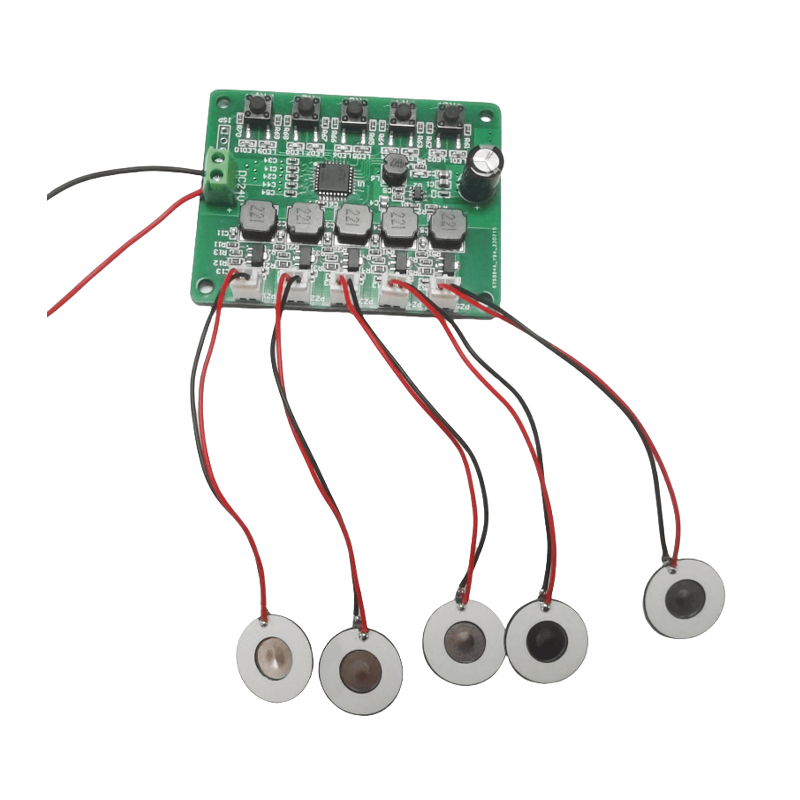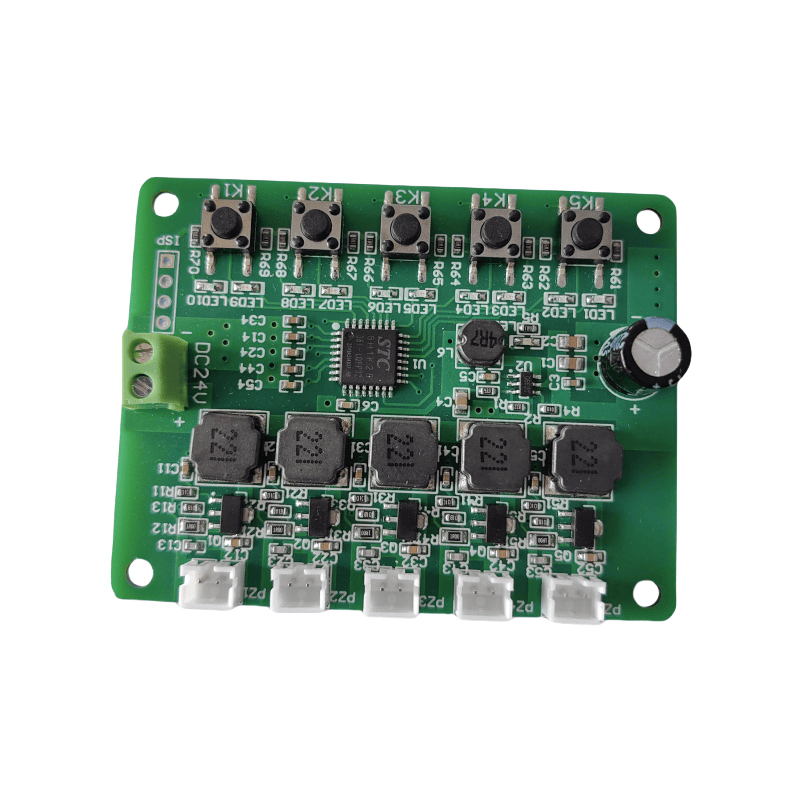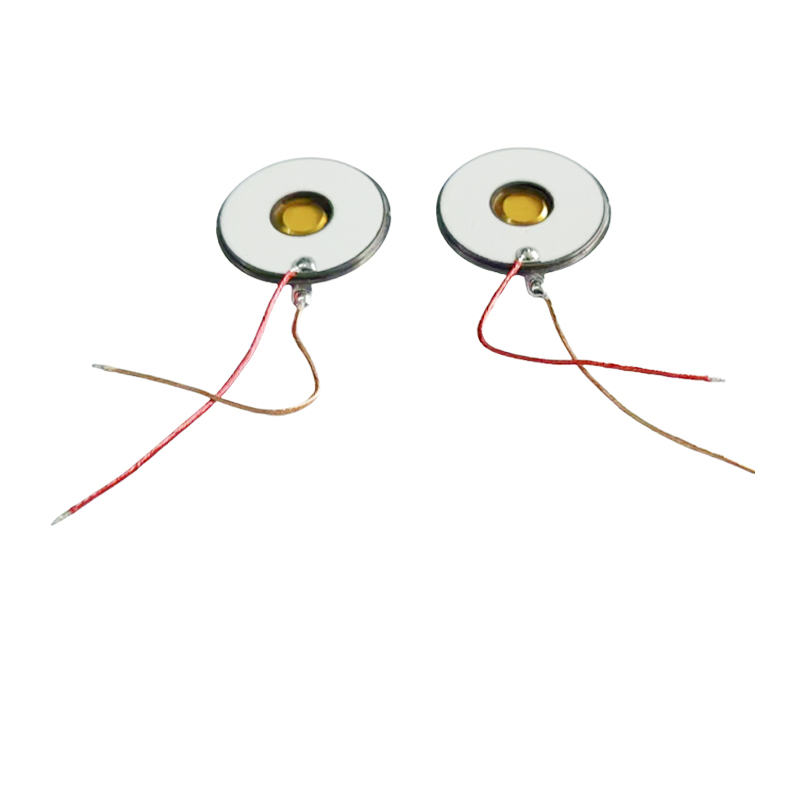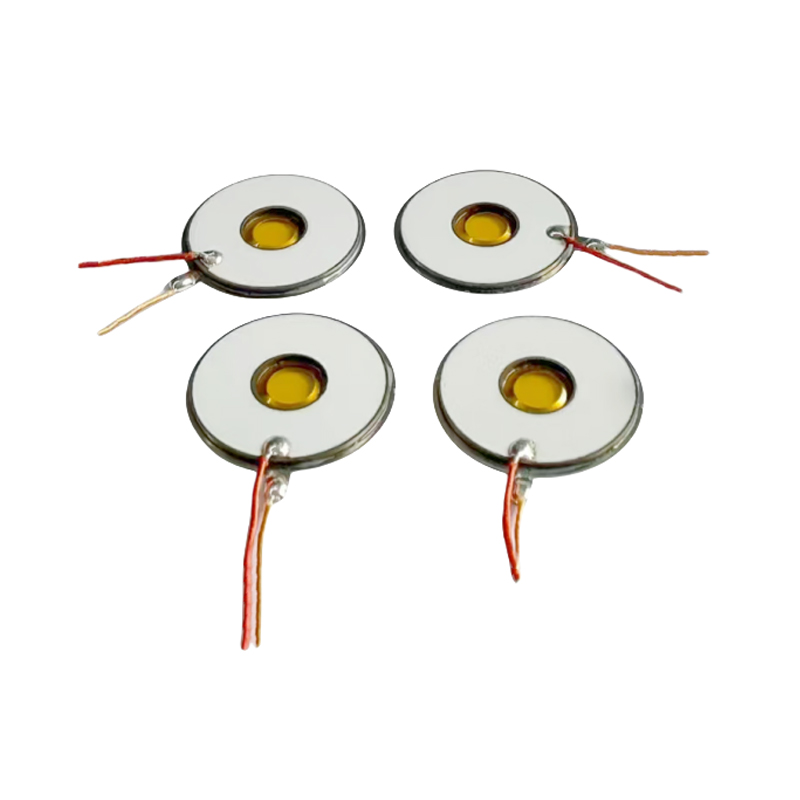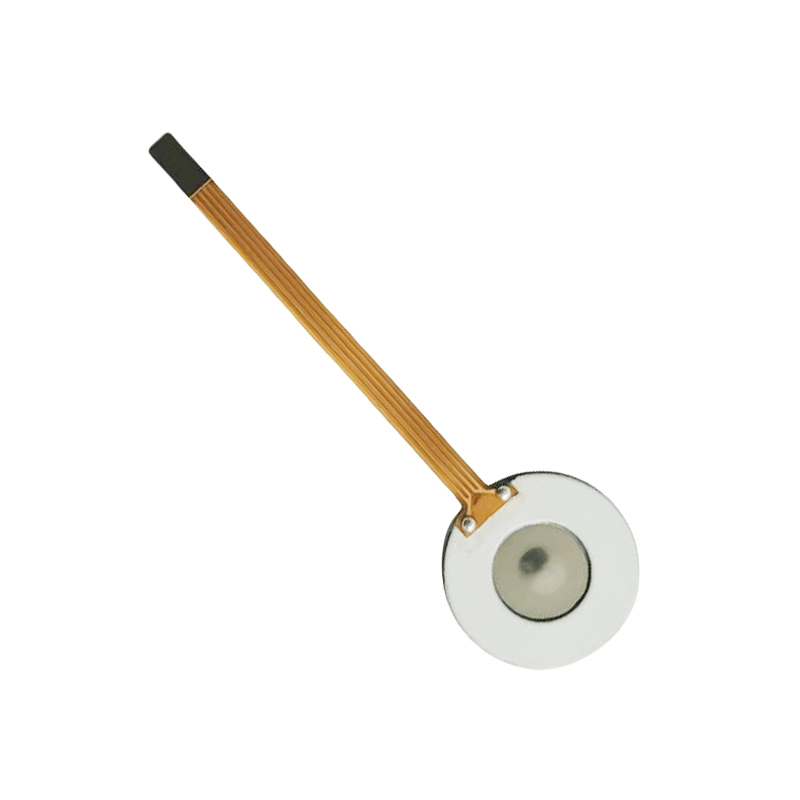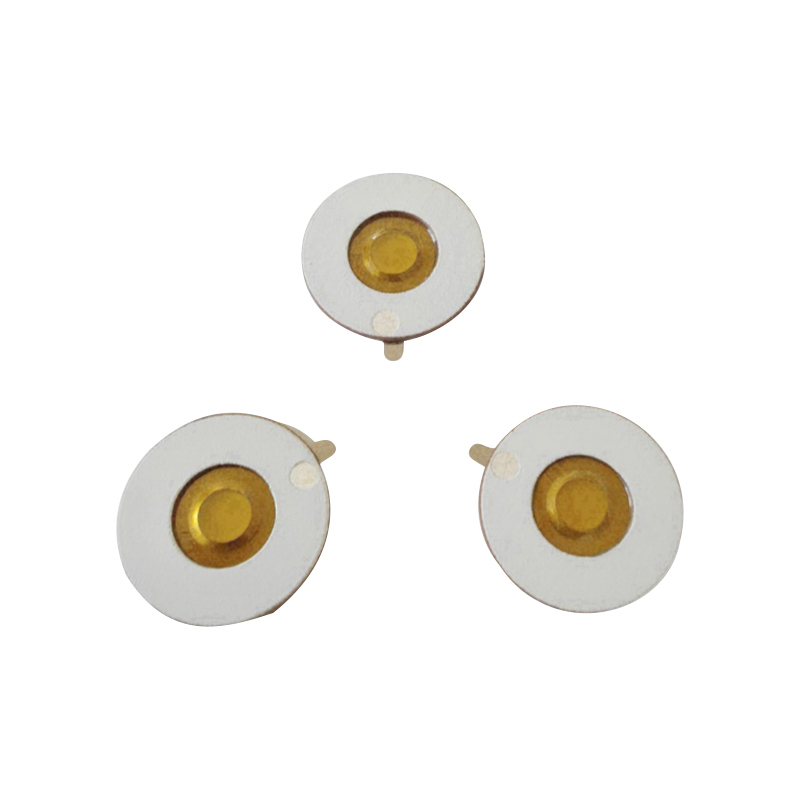Introduction
In recent years, respiratory health management has undergone a significant transformation due to advances in inhalation therapy technology. Traditional nebulizers, while effective, often present limitations in efficiency, portability, and patient comfort. The emergence of the mesh nebulizer chip has introduced a new standard in drug delivery, providing both safer and more efficient treatment for patients suffering from respiratory conditions such as asthma, chronic obstructive pulmonary disease (COPD), and cystic fibrosis.
Understanding Mesh Nebulizer Chips
A mesh nebulizer chip is a small, precision-engineered component within a nebulizer that uses a perforated mesh to transform liquid medication into a fine aerosol. Unlike conventional jet nebulizers, which rely on compressed air or ultrasonic waves to create mist, the mesh chip produces consistent particle sizes with minimal medication loss.
Key features of a mesh nebulizer chip include:
| Feature | Description | Benefit |
|---|---|---|
| Micro-perforated mesh | High-precision holes of uniform diameter | Produces consistent aerosol droplets for deep lung penetration |
| Compact design | Integrated within a small, lightweight nebulizer | Enhances portability and ease of use |
| Low energy consumption | Uses minimal power to generate aerosol | Reduces heat generation and preserves medication stability |
| Quiet operation | Minimal noise during use | Improves patient comfort, especially for children |
The core mechanism of the mesh nebulizer chip ensures that medication is delivered efficiently and safely to the respiratory tract. This precision reduces wastage and enables lower dosages to achieve the same therapeutic effect compared to traditional nebulizers.
Safety Advantages of Mesh Nebulizer Chips
Patient safety is a critical factor in respiratory therapy. Mesh nebulizer chips enhance safety in several ways:
Consistent Aerosol Particle Size
The uniform perforations in the mesh ensure that droplets are within the optimal size range (1–5 microns) for alveolar deposition. This precision prevents medication from settling in the mouth or throat, reducing side effects.
Minimal Medication Wastage
Traditional nebulizers often leave residual medication in the chamber due to inefficient aerosol generation. Mesh nebulizer chips optimize the delivery process, ensuring that nearly all the medication reaches the patient’s lungs.
Reduced Cross-Contamination Risk
The chip’s design simplifies cleaning and maintenance, decreasing the risk of bacterial growth and infection. Disposable mesh chips further enhance hygiene for vulnerable patient groups.
Controlled Delivery
Advanced mesh nebulizer chips allow for adjustable flow rates and dosage, which is particularly beneficial for pediatric and elderly patients who require precise medication management.
Comparison of Safety Features:
| Feature | Traditional Nebulizer | Mesh Nebulizer Chip |
|---|---|---|
| Droplet consistency | Variable | Highly consistent |
| Medication wastage | Moderate to high | Minimal |
| Noise level | Moderate | Low |
| Cleaning & maintenance | Complex | Simple & hygienic |
| Patient comfort | Moderate | High |
Efficiency and Treatment Effectiveness
The efficiency of medication delivery directly affects treatment outcomes. Mesh nebulizer chips improve efficiency through:
High Lung Deposition Rate: By producing finer, consistent droplets, the medication reaches the lower respiratory tract more effectively.
Shortened Treatment Time: Faster aerosol generation reduces therapy sessions from 15–20 minutes to 5–10 minutes.
Portable Use: Small, battery-powered nebulizers with mesh chips allow treatment anywhere, ensuring adherence to prescribed therapy.
Energy Efficiency: Reduced power consumption prolongs battery life for portable devices and limits heat exposure to sensitive medications.
Efficiency Comparison Table:
| Metric | Jet Nebulizer | Mesh Nebulizer Chip |
|---|---|---|
| Treatment time | 15–20 minutes | 5–10 minutes |
| Medication delivery | 50–70% | 90–95% |
| Noise | 60–70 dB | 30–40 dB |
| Portability | Low | High |
| Power consumption | Moderate | Low |
High-Flow and Low-Flow Applications
Mesh nebulizer chips are versatile and suitable for both high-flow and low-flow medication delivery. This flexibility allows healthcare providers to tailor treatment according to patient needs, whether for acute episodes requiring rapid medication deposition or maintenance therapy with sustained inhalation.
High-flow settings: Effective in emergency or hospital settings for rapid drug administration.
Low-flow settings: Ideal for home therapy, providing gentle delivery without overwhelming the patient.
Integration with Smart Inhalation Devices
Modern mesh nebulizer chips can be integrated with digital health systems and smart inhalers to track usage patterns and optimize dosing schedules. This connectivity improves patient adherence and provides healthcare professionals with actionable data on therapy effectiveness.
Smart Features Enabled by Mesh Nebulizer Chips:
| Feature | Benefit |
|---|---|
| Dose tracking | Monitors medication adherence |
| Real-time feedback | Alerts patient or caregiver of missed doses |
| Adjustable settings | Customizes flow rate and aerosol particle size |
| Data logging | Supports remote consultation and therapy optimization |
Advantages for Pediatric and Geriatric Patients
Children and elderly patients are particularly sensitive to nebulizer therapy. Mesh nebulizer chips improve their treatment experience by:
Reducing anxiety through quiet operation
Minimizing medication residue in the oral cavity
Allowing for portable, flexible therapy schedules
Shortening treatment sessions, which is crucial for patients with limited attention spans or mobility
The precise and gentle aerosol generation ensures that vulnerable populations receive optimal doses without discomfort or excessive waste.
Environmental and Economic Considerations
Mesh nebulizer chips contribute to environmental sustainability and cost-effectiveness:
Reduced Medication Waste: Optimized delivery minimizes leftover medication, lowering pharmaceutical consumption.
Energy Efficiency: Low power consumption reduces electricity usage, especially important for battery-operated devices.
Durable and Reusable: Many mesh chips are designed for repeated use, reducing plastic waste from disposable nebulizers.
| Factor | Impact |
|---|---|
| Medication wastage | Reduced by up to 50% |
| Energy consumption | Lower than ultrasonic or jet nebulizers |
| Device lifespan | Extended due to durable mesh chip design |
| Environmental footprint | Reduced plastic and energy usage |
Conclusion
Mesh nebulizer chips represent a significant leap forward in respiratory therapy, providing safer, more efficient, and patient-friendly treatment options. By ensuring precise aerosol delivery, minimizing medication waste, and enabling portable therapy, these chips address many limitations of traditional nebulizers.



 English
English 中文简体
中文简体
